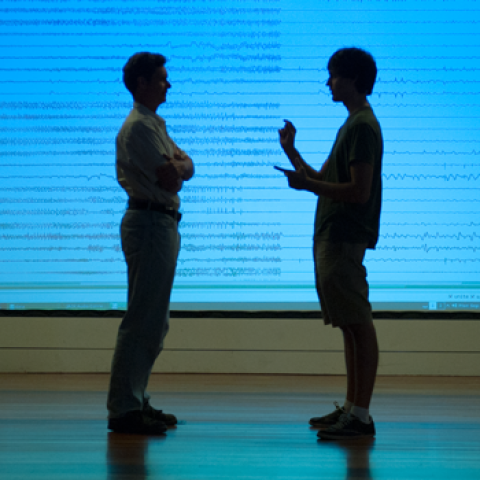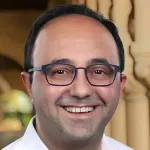Interdisciplinary Initiatives Program Round 6 - 2012
Josef Parvizi, Neurology
Chris Chafe, Music
Recordings from inside the brain yield unprecedentedly rich data-sets of electrical signals both in normal and in seizure states. It is here that collaboration between School of Humanities and Sciences and School of Medicine holds great promise, certain to advance the possibilities of representing brain signals in a novel and illuminating way. For example, by “sonifying” the data patterns — turning them into a kind of music — the human ear can follow the nuances and shifts of brain states with a surprising deftness. Couple this with visualizations of the same flowing data in 3D projections, and the workings of the brain become navigable. You can move through the 3D visual and auditory space to pinpoint the origin of specific patterns, the entrainment of neighboring areas and so on. At a higher level of abstraction, advanced sonification and visualization software can track patterns over time in the data, uncovering the individual regularities, which may then lead to larger patterns to be found in common among many patients with epilepsy. In this collaborative project, the PI is the Director of Medication-Resistant Epilepsy Program at Stanford and the Co-PI is the Director of Center of Computer Research in Music and Acoustics. While the PI will contribute with his unique expertise in intracranial electrophysiological recordings and signal processing, the co-PI will contribute with his internationally known and ground-breaking method of “musification” of biological, medical, and environmental sources. The final product of this unique collaboration will be a device that creates audio and 3D visualizations directly from arrays of intracranial brain signals in patients with epilepsy. Listeners will hear, feel and see the brain activity either in the normal state or a seizure state, and all in its natural time course and with its awesome rhythms and severity.



